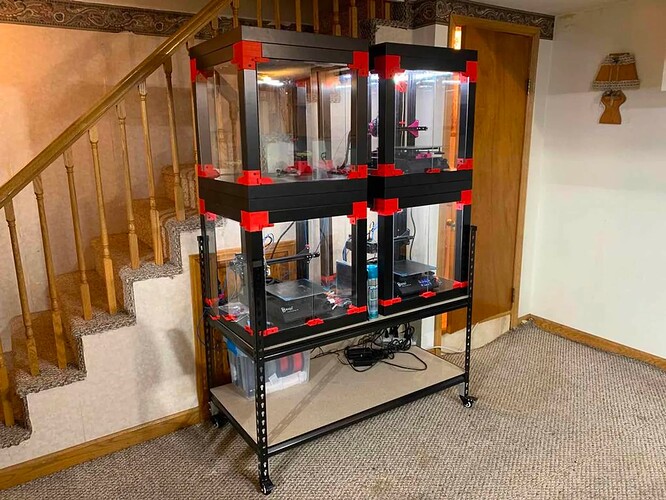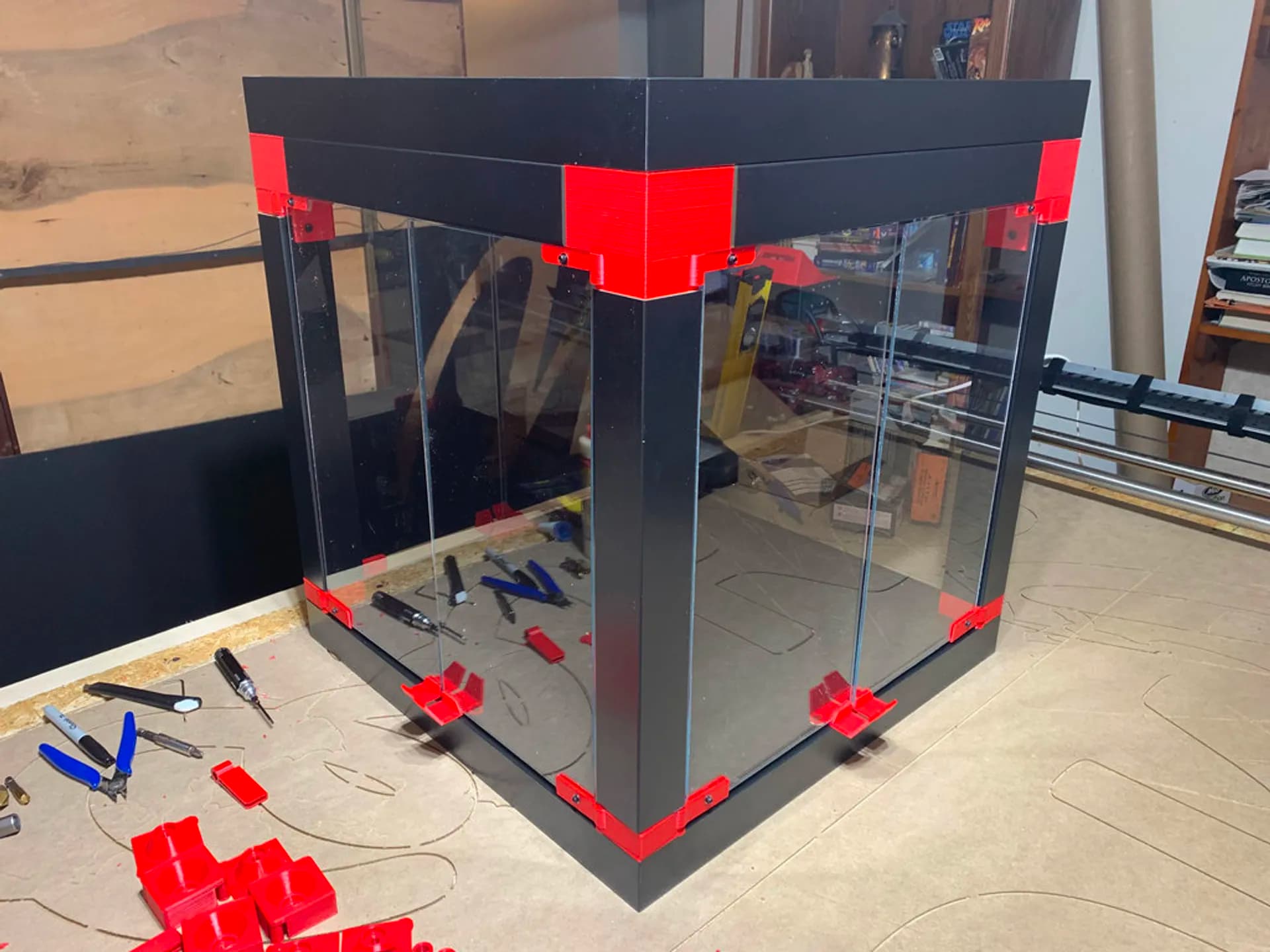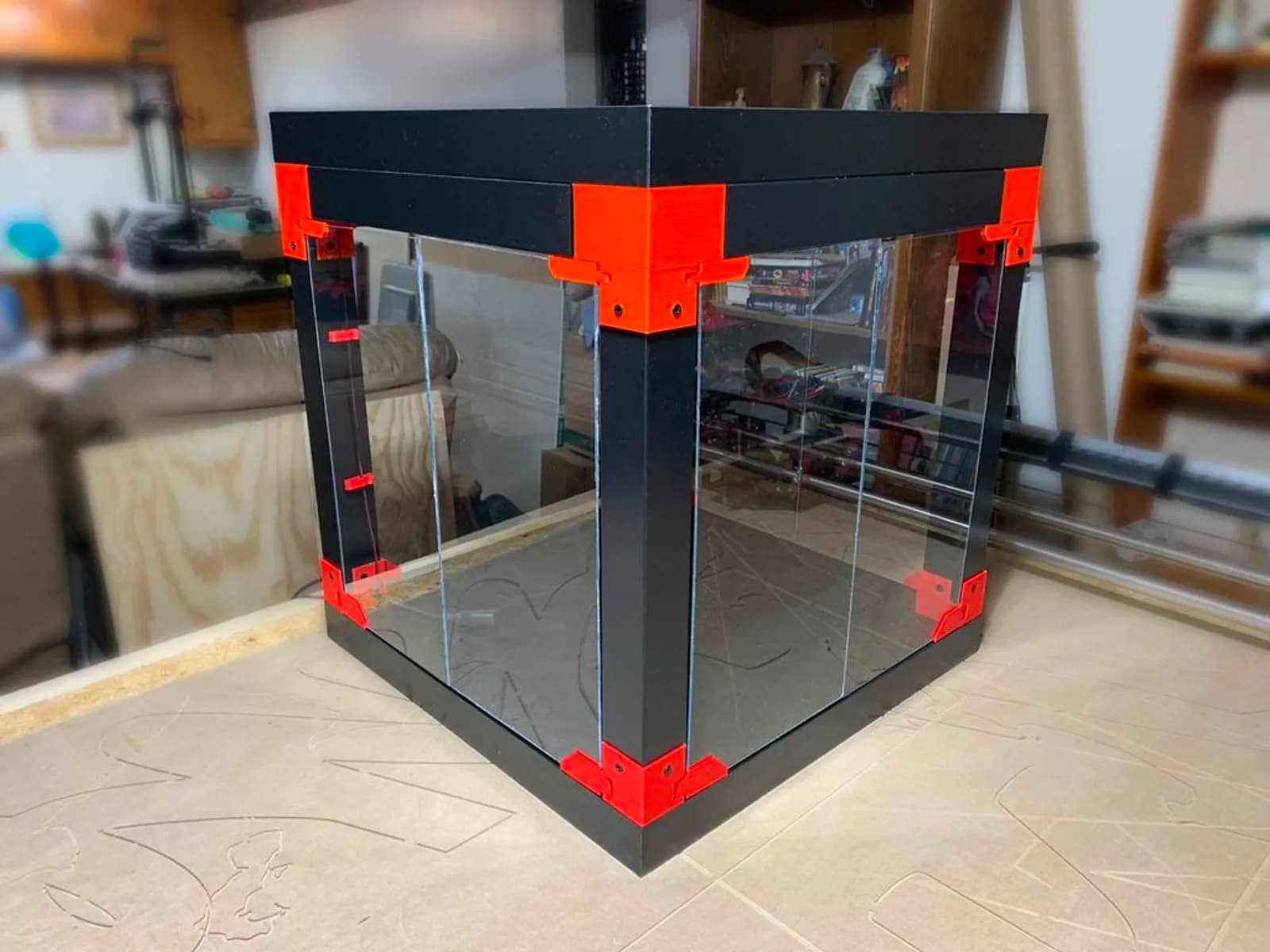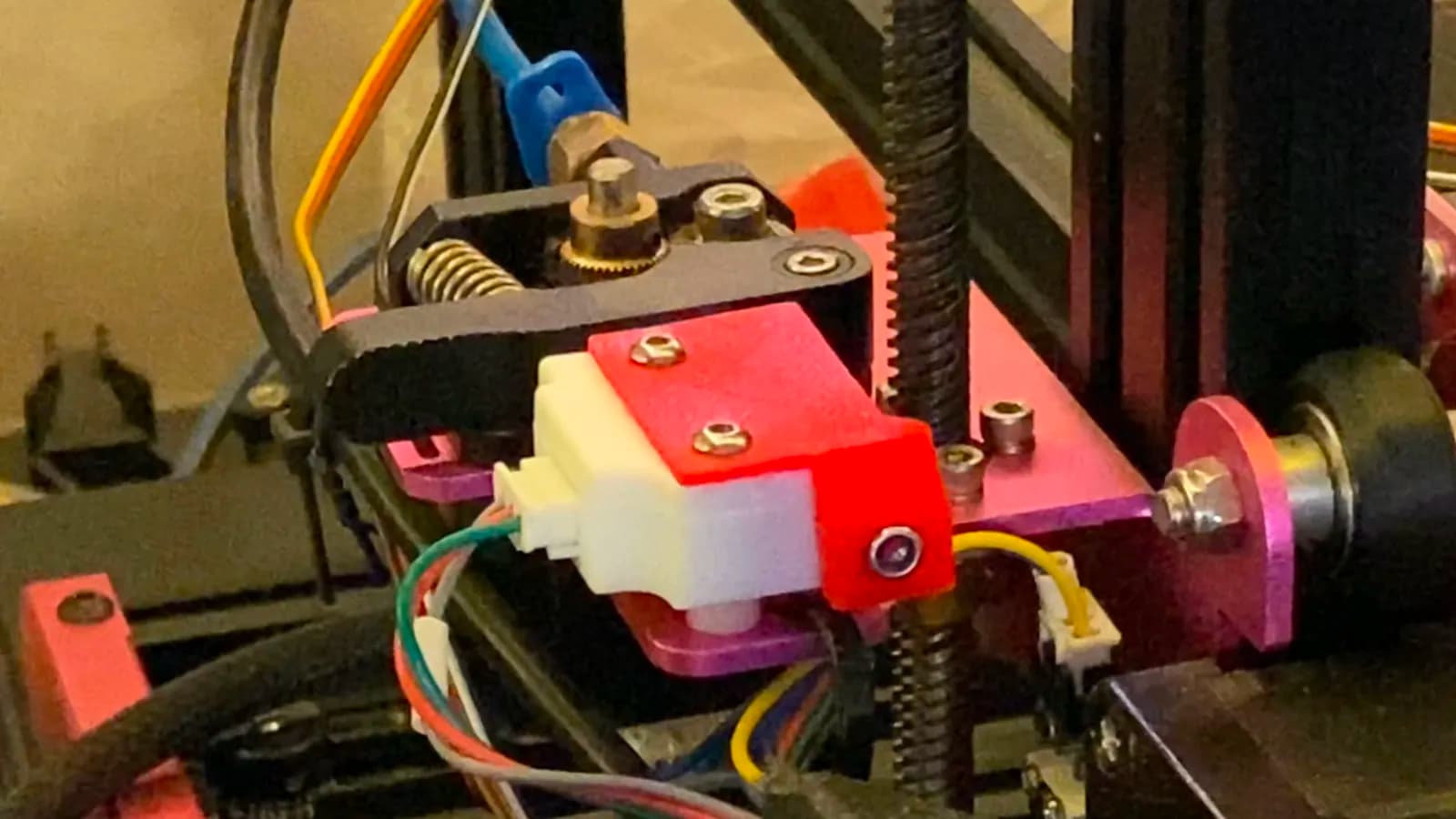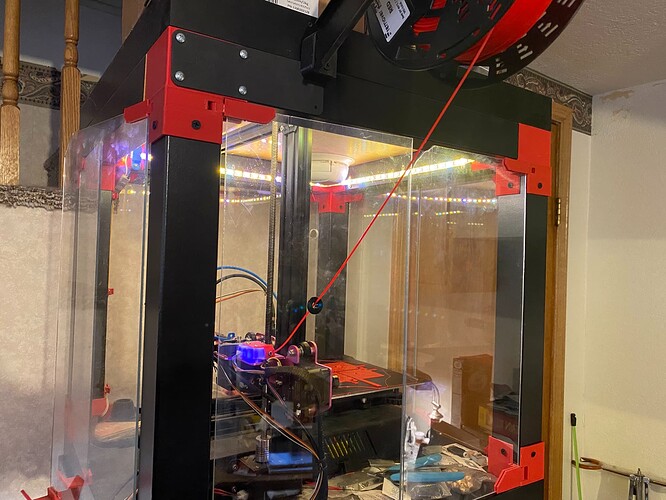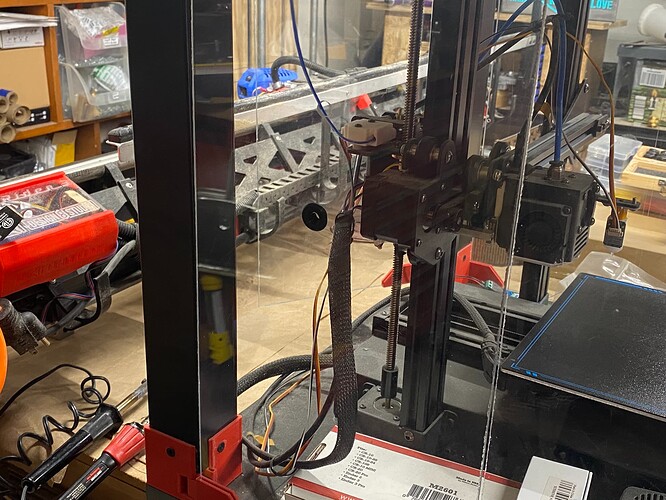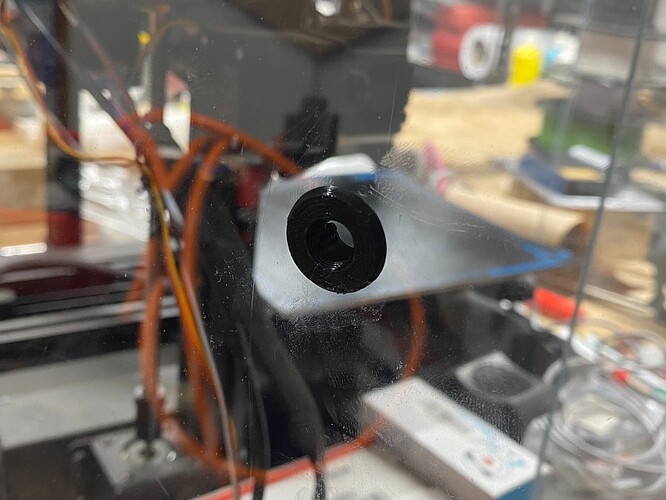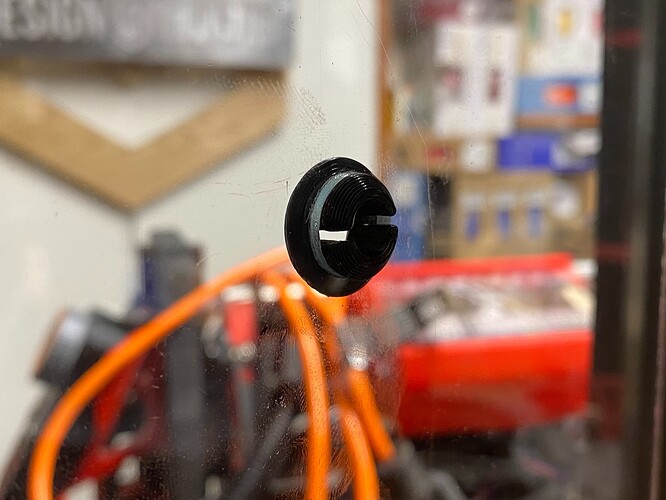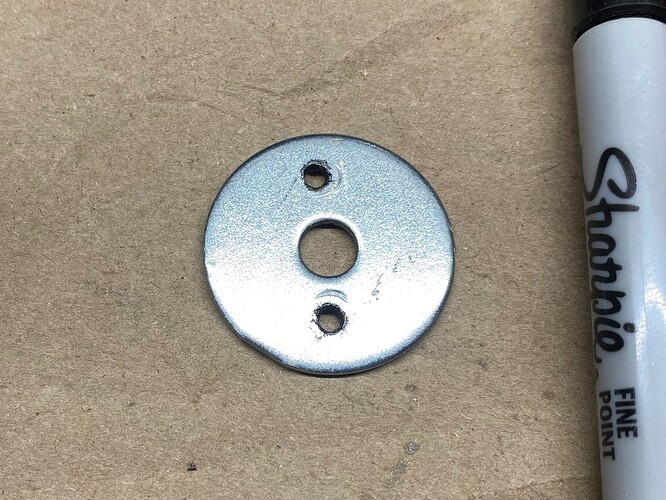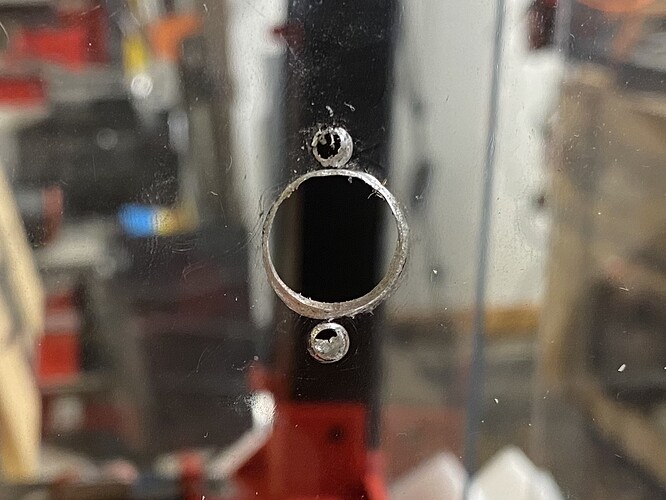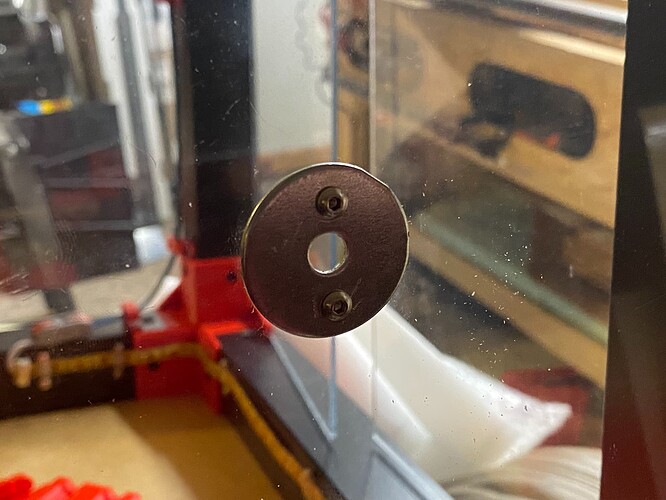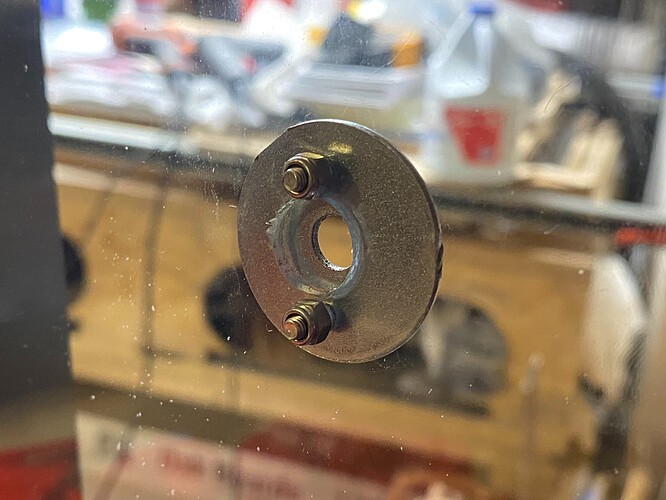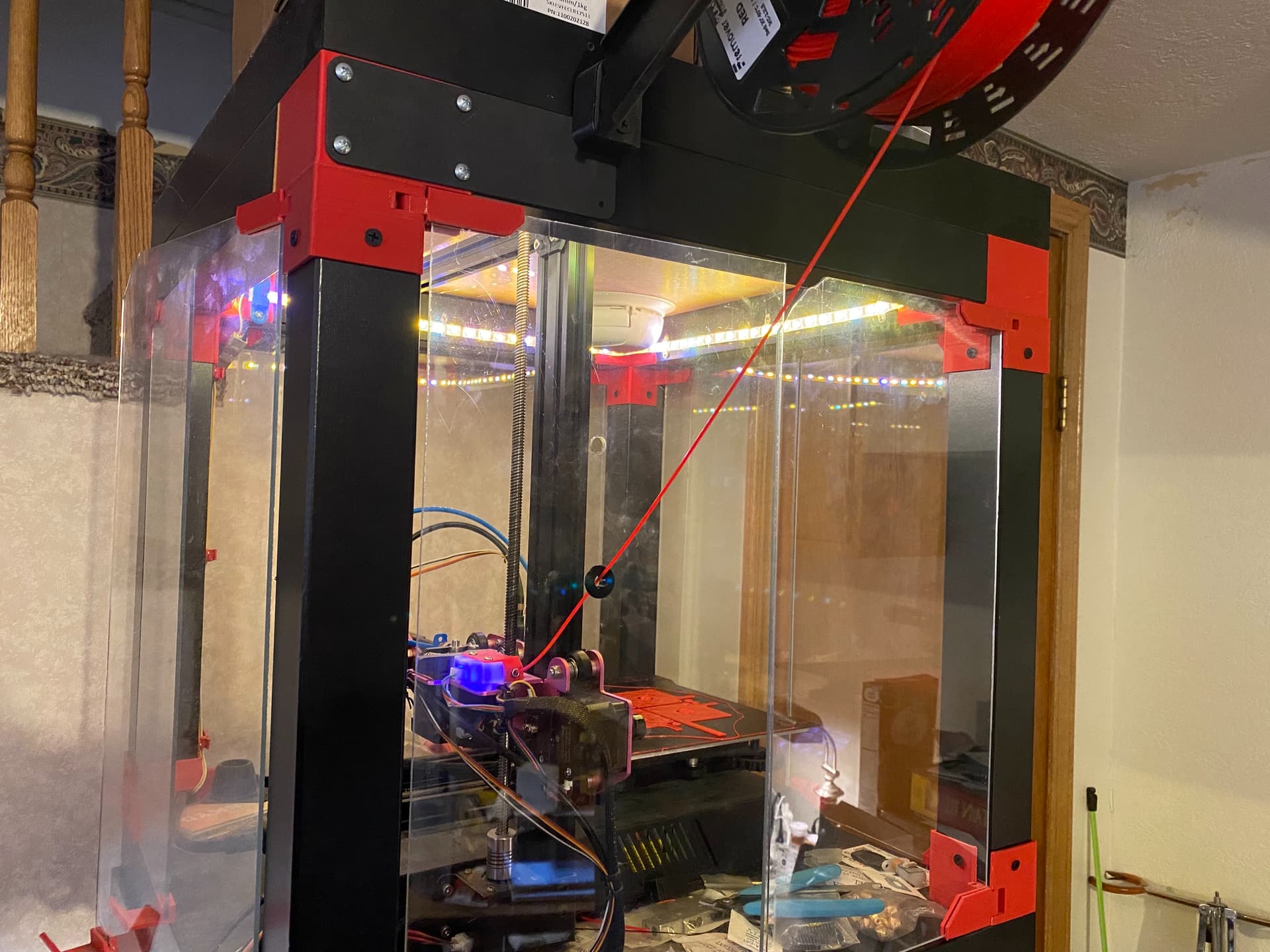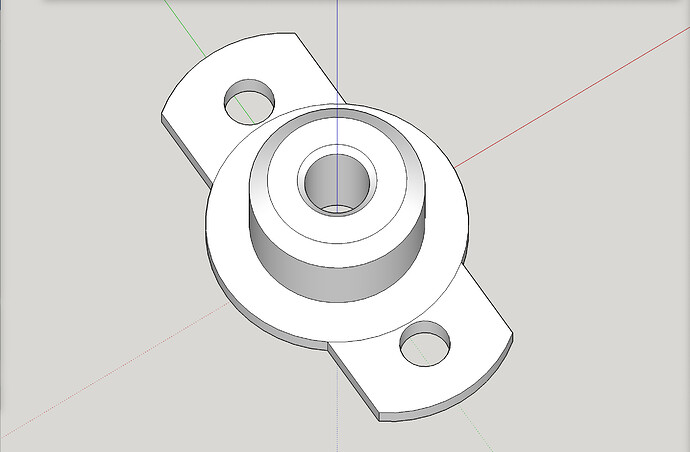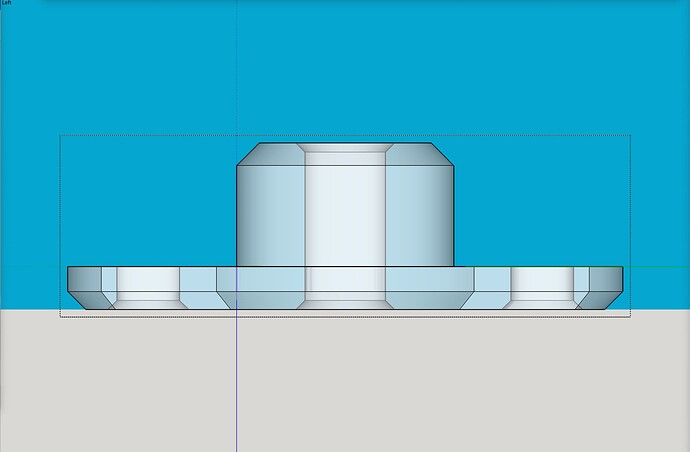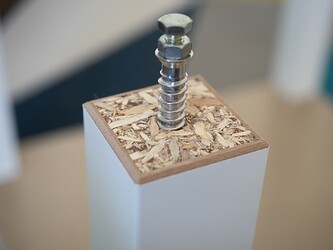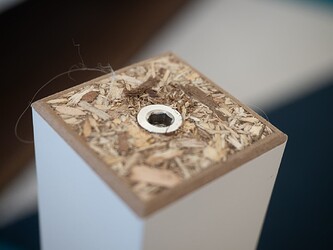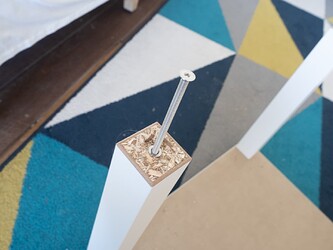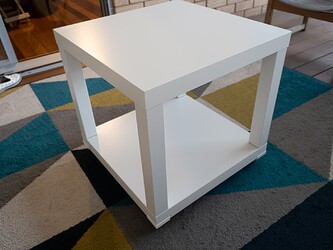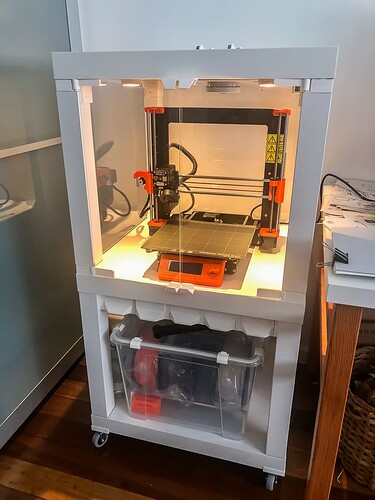I have a bank (mini farm) of 4 BIQU B1 printers in a 2x2 stack of enclosures made using the super affordable IKEA Lack tables.
My enclosures are based on enclosure designs by Prusa, which were shorter in height (for their shorter printers, and too short for a BIQU B1), and were designed to have the whole enclosure lift away from the base of the enclosure.
My v1 enclosure design, which is tall enough for a BIQU B1 (and other similar height printers) kept the lift-away feature, but I really did not care for it. Moving the thing was frustrating. It was wobbly, not stable, and with the enclosure lifted away from the base, the top part felt fragile and unstable.
(V1) For BIQU B1 - DIY Enclosure - Remix of Prusa’s IKEA Lack Enclosure - with extra doors (opening on 3 sides)
In my v2 enclosure design, I fastened the enclosure top to the base. Access is via the doors on 3 sides out of 4. The printer can be removed from the enclosure as needed (through the front access doors) and then returned. I liked it much better, and have been happily going along for a couple years or more.
(V2) For BIQU B1 - DIY Enclosure - Remix of Prusa’s V2 IKEA Lack Enclosure - with extra doors (opening on 3 sides)
For a variety of reasons, including space limitations, ease of access, convenience, etc, I installed filament holders outside the enclosures, with inlet holes drilled in one of the side doors on each. At first I was placing filament rolls below the enclosures, with inlet holes drilled lower on the given plexiglas door. Then I switched to attaching the filament holders at the top of each enclosure, with inlet holes drilled higher up.
This worked great, and there were no problems… except over time, the passage of filament erodes. I do a lot of printing. The erosion was first noticeable in causing the stock filament runout sensors to be unusable, because the erosion at the inlet on the sensor allowed the filament to bypass the sensor path. This led to my design of the…
Runout Detector Saver v1.0
That worked great. But lately I began to notice that erosion was also happening on those holes I drilled in the plexiglas.
First, let’s look at what did NOT work.
I designed a 3D printed “Filament Inlet for IKEA Lack-based enclosure” — seen here in these pics:
The inlet holes I had drilled were made with a 1/2" drill bit. The printed part was designed to be a cheap, sacrificial thing. It inserts by way of a slight flex (easier done while the printed part is still warm).
The problem with this part… is friction. PLA on PLA friction. It rubs something awful. It makes noise. I don’t like it at all.
Now, let’s look at what does work.
I switched to metal, specifically, a big plate washer:
Which led me to…
When I started messing around with these enclosures again, it suddenly dawned on me that with the second set of table legs running horizontally at the upper part of the enclosure, just beneath the top, those extra legs would add the needed stability for portability, without the top needing to be attached, and the top could be removable! So, I reworked the enclosure design for a new version 3.
More on that soon.
